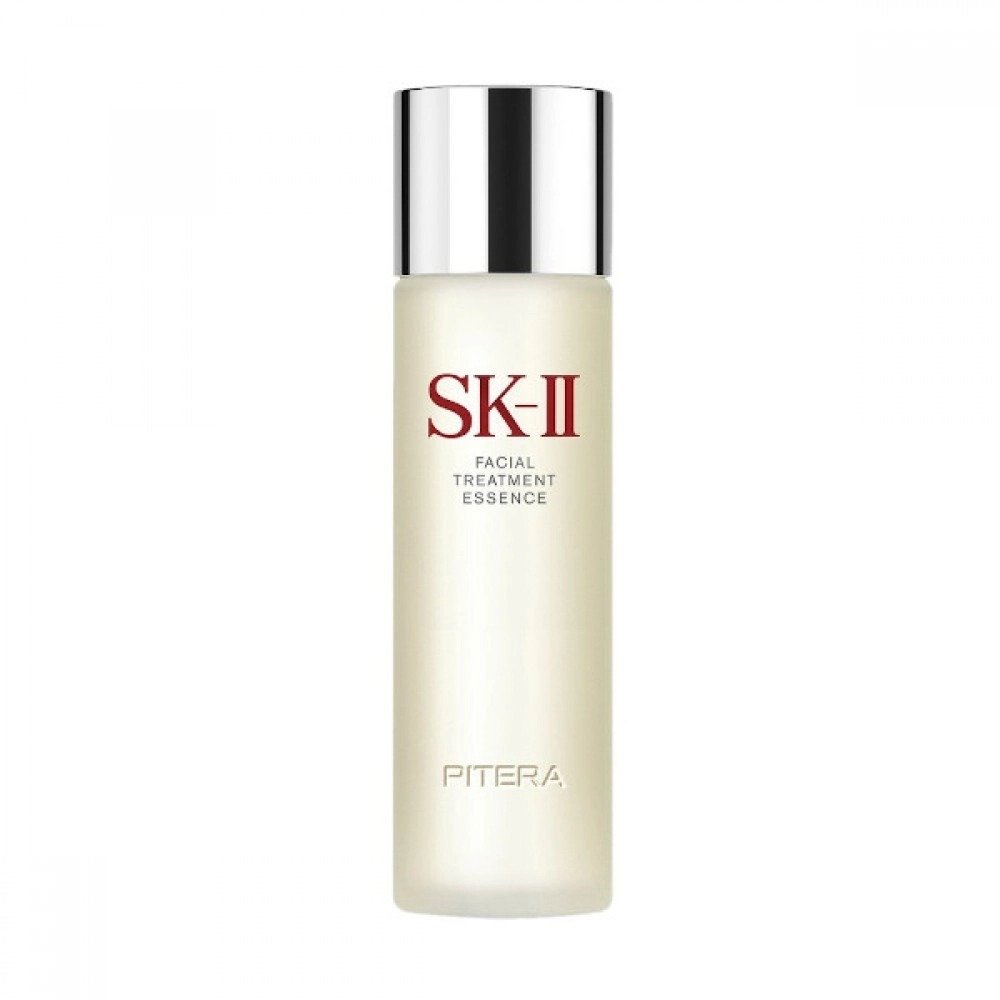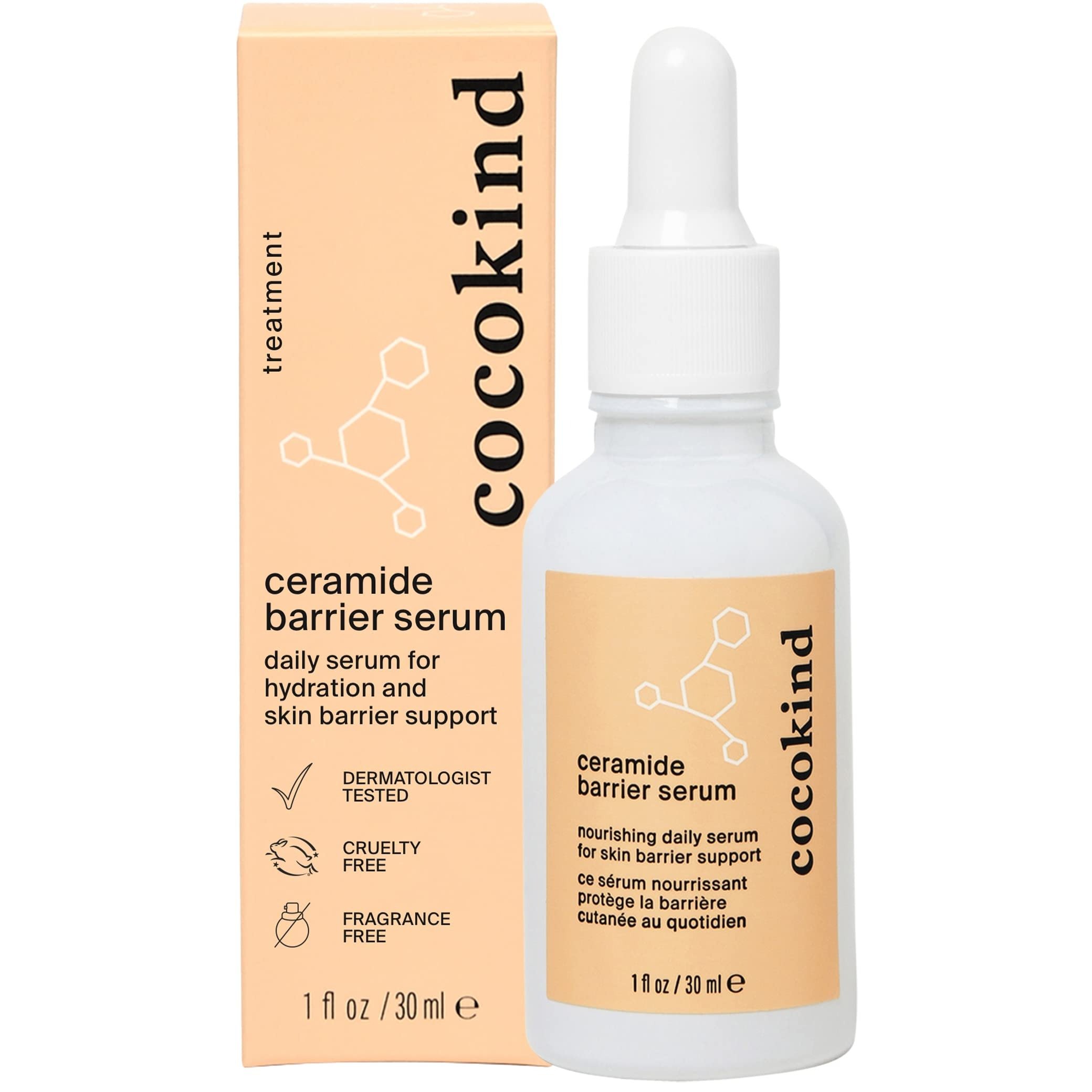Tailor-made Skincare: Adapting Your Routine to Your Climate
Straight to the matter at hand – finding the perfect moisturizer. Traditional beliefs focus on skin type: oily or dry. A crucial, often overlooked element, however, is the environment. Your skin, a living, breathing entity, is in a constant state of evolution. How it responds to a dry or humid environment varies significantly. Let's take a flight journey as an example – the airplane's dryness affects everyone in unique ways.
How to Choose the Right Moisturizer
Before we explore specific moisturizers, I'll break down the article into four basic categories: dry skin in a dry environment, dry skin in a humid environment, oily skin in a dry environment, and oily skin in a humid environment. Why? Because no two situations are the same. Let's kick off with dry skin in a dry climate.
Dry Skin in a Dry Climate
During my trip to Colorado a couple of years ago, I was caught off guard by the extreme dryness, which had me woefully unprepared. If you have dry skin and are in a dry environment, layering your skincare, beginning with the lightest serum moisturizer, is essential.
Essences or mists are the lightest products. SK-II is great as it enhances the penetration of your other humectants and hydrating products. It's a stellar primer for individuals with dry skin in a dry environment, helping to retain moisture. The only drawbacks are its high price and wasteful dropper. My solution: decant it into a spritzer for easy application.
Post mist, we move on to a hydrating serum. Cocokind was a discovery I made last year, and it was a game-changer. Packed with ceramides, it's a rich yet balanced hydrating serum that aids in rebuilding your skin barrier, minus any hyaluronic acid.
Let's explore the world of moisturizers. I enthusiastically endorse traditional, luxuriously rich products such as SkinCeuticals' Triple Lipid. However, caution is needed for those with sensitive skin due to its essential oil content. Glossier's After Baume is another favorite of mine due to its dense and delightful texture - it's so good you'll want to immerse yourself in it. Let's not forget Kiehl's Creme de Corps for the body. This cream is a close relative of Nivea's famous staple and is simply irresistible.
Dry Skin in a Humid Climate
In humid climates—think Caribbean, Mediterranean, or Florida—you need a unique moisturizing regimen. Your hair may become damp instantly upon stepping outside, but your skin still requires hydration, albeit in moderation.
Excessive moisturizer application can leave an uncomfortable layer on your skin, as the humid air prevents complete absorption. In such cases, an essence, hydrator, or mist followed by a lightweight gel moisturizer is preferable.
Here's a pro tip: apply an essence in the same way as you would with SK-II. Glycerin mists or thermal water mists are also suitable for humid climates. If you're after a product with extra benefits, consider NIOD's Superoxide Dismutase Saccharide Mist.
Nonetheless, if you're in a humid setting and wish to avoid a multilayer skin routine, the Dr. Idriss moisturizer is an excellent option. It's a gel moisturizer apt for humid climates and contains Vitamin C. This means you needn’t layer multiple serums and moisturizers that might sit on your face. It offers adequate hydration for dry skin in humid climates and the benefits of Vitamin C, all in one product, before you apply your sunscreen.
For those who tell me, "I can't live without my Vitamin C serum, it's part of my self-care routine," I suggest that you continue using it, and follow up with Embryolisse as a primer. This popular trick is favored by many makeup artists. This French moisturizer has a pleasant fragrance and can be used under your sunscreen, acting as a primer.
Oily Skin in a Dry Climate
Let's now shift our focus to oily skin in dry climates. These conditions can be challenging, as the dry air can trick your skin into overproducing oil. Therefore, light moisturizing is crucial. A Vitamin C gel moisturizer can provide the hydration that your skin requires in this climate, followed by sunscreen.
If you're an ardent user of Vitamin C, you can use your preferred product, followed by Aveeno's Calm and Restore. It's a gel-based, lightweight moisturizer that doesn't contain Vitamin C, so you'll need a Vitamin C serum in the morning.
Recently, I stumbled upon Skyn Iceland's Cooling Daily Lotion. While the pump isn't the best, the texture is fantastic. It's comparable to Aveeno but feels more refined, smoother, and provides a spa-like sensation. It's cooling and the effect persists after application. It truly is a refreshing, hydrating, spa-like experience bottled up.
Oily Skin in a Humid Climate
If your skin leans towards the oily side and you're living in a humid climate, consider it a win. Now, you may be asking why. The answer is simple: there's no need to moisturize. Introducing extra moisture to an already oily skin in a humid environment can lead to breakouts. So, ditch the moisturizer. Your morning routine should only consist of a Vitamin C product and an SPF. My recommendations include the Silymarin CF by SkinCeuticals, which contains oil-regulating salicylic acid. For a cheaper alternative, go for Timeless.
When it comes to sunscreen, the Supergoop Play Body Mousse is my recent find. Although it's labeled for the body, it works perfectly for the face. Its mousse consistency effortlessly blends into your skin and dries to a comfortable finish, making it ideal for those with oily skin.
The next sunscreen is the brainchild of dermatologist David Kim. He poured his expertise and passion into creating LightSaver, a tinted mineral sunscreen. It has a creamy texture but dries to a matte finish, making it suitable for oily skin types. At the moment, it offers only one tint, which is to be expected from a budding, independent brand.
If you have oily skin and detest the heavy feel of traditional sunscreens, RMS has launched their own mineral sunscreen that might be to your liking. It's available in various tints and has a pleasantly light and fluid texture.






























